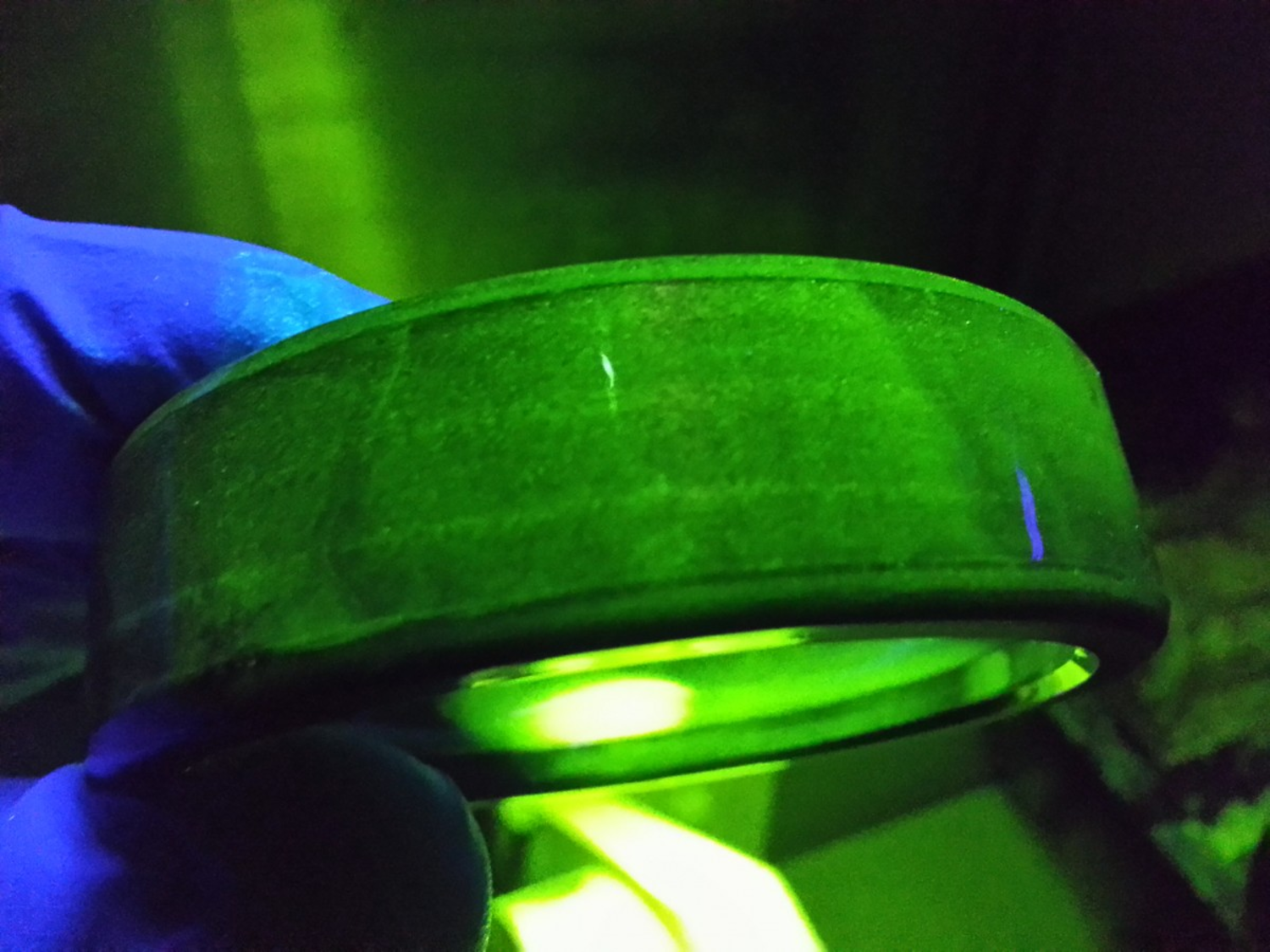Thermal Analysis (DSC, TGA, DTA)
Thermal analysis assesses material response to temperature changes to evaluate thermal stability. Methods include:
• Differential Scanning Calorimetry (DSC): Determines melting point, glass transition temperature, and phase transformations. Applied in plastics, composites, and metals.
• Thermogravimetric Analysis (TGA): Measures mass loss at increasing temperatures, determining decomposition temperature and thermal resistance. Used for polymers, ceramics, and coatings.
• Differential Thermal Analysis (DTA): Analyzes heat reactions, identifying exothermic and endothermic processes in materials. Used for heat treatment control and ceramic analysis.
These tests are essential for optimizing production processes, ensuring material quality, and evaluating long-term performance. Conducted under ASTM E473, ISO 11357, and EN ISO 11358 standards.

